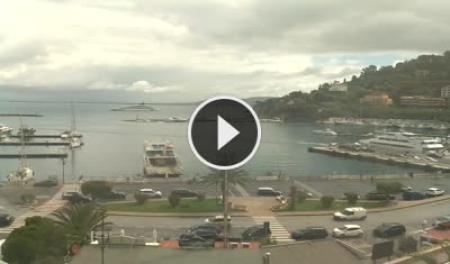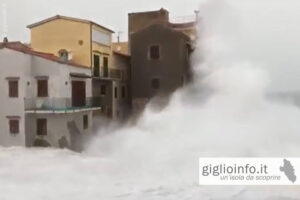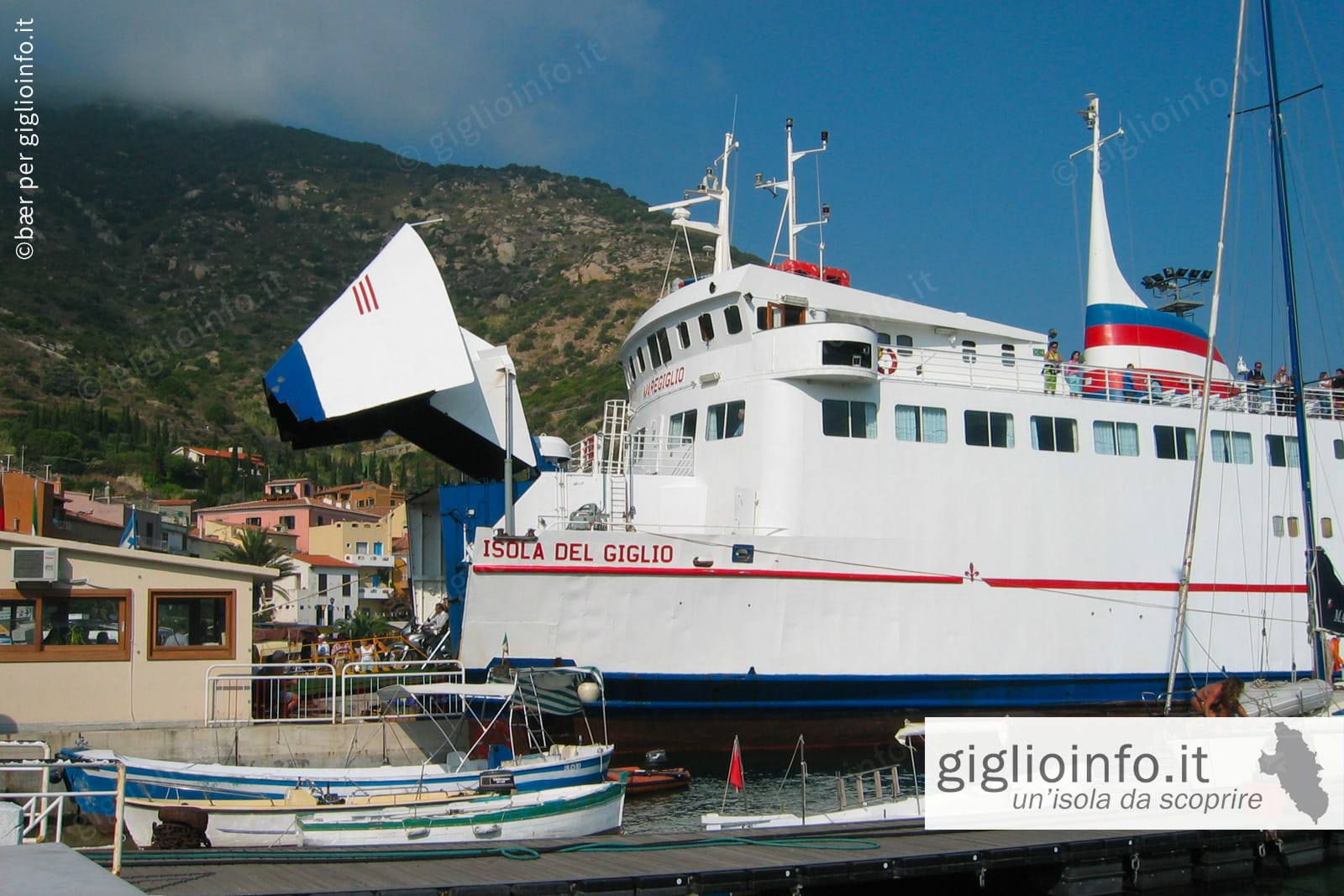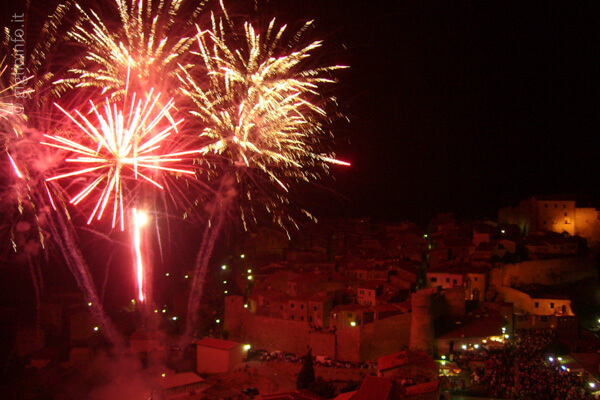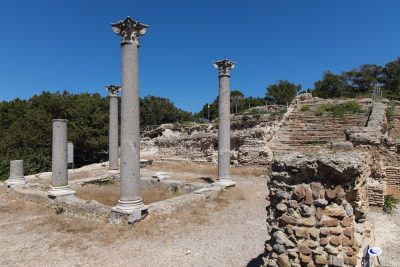Weather forecast, webcam and climate at Giglio Island
Check the weather, sea and wind forecasts in real time and for the next 7 days to organize your holidays. You will also find a brief description of the climate on the Isola del Giglio and the names of the Winds. And check the actual weather on Giglio throught the webcams.
Advertisement
Webcam Isola del Giglio
A look at the destination of your holidays: through the webcams you can
experience the localities of the Giglio Island firsthand or check the
weather situation in real time. The webcams are located in the main towns of the island of Giglio: Giglio Porto, Giglio Castello and Giglio Campese.
Webcam Giglio Porto – Circolo Nautico
Webcam Giglio Porto – Circolo Nautico
Webcam Giglio Hotel Campese
24h Webcam Giglio Porto
Webcam Argentario - Orbetello
Webcam Orbetello
Weather forecast for the island of Giglio
Current weather, weather conditions of the seas and winds in real time and weather forecast for the next 7 days.
Weather forecast for the next 7 days
Marine Forecasts for Giglio Island
Weather Alert Tuscany
For information on the potential risks related to meteorological phenomena (hydrogeological risk, wind, storm surges,…) and on the behaviors to adopt to protect yourself in the event of critical situations, you can visit the website of the Tuscany Region, which issues every day a criticality bulletin “Weather Alert” at the following web address:
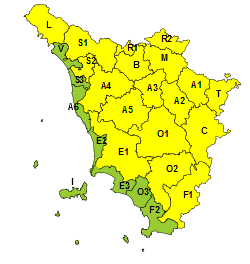
Pubblicità
The climate of the island of Giglio
The maritime climate of Giglio guarantees mild temperatures at all times of the year.
The climate is typical of the northern Mediterranean, with moderately rainy autumns and winters, always mild, and dry and hot summers. Already in March you can have warm and sunny days, but spring also reserves rainy days and low clouds, which pile up on the highest peaks of the island, also enveloping Giglio Castello.
Winds for all seasons
The wind represents a constant in Giglio, and only for about a month and a half a year there is a condition of calm wind.
And the winds can also cause problems with maritime connections during the winter months (a situation that fortunately occurs only a few times at Giglio), when the strong Grecale blows which enter the port, preventing the ferry from docking and leaving. There are only 6 days a year with a sea of more than 5.
During the summer, breezes and light winds blow from the Mistral, Ponente, Scirocco, less frequent than the others. The libecciate give us the most spectacular sunsets with a horizon full of imaginative clouds and the bristling silhouettes of Montecristo on the horizon framed by the bay of Campese – one of the most beautiful sunsets in Italy. Instead Mistral and Tramontana often sweep away the cloads and make the air so clear that Corsica, Elba and the Maremma coast are also seen.
Average Temperatures [°C] on Giglio Island
| Month | Air | Sea |
| January | 12 | 14 |
| February | 12 | 14 |
| March | 17 | 15 |
| April | 20 | 16 |
| May | 22 | 19 |
| June | 25 | 22 |
| July | 35 | 25 |
| August | 35 | 26 |
| September | 27 | 24 |
| October | 23 | 21 |
| November | 18 | 18 |
| December | 14 | 16 |
Wind Rose - Italian Windnames
The origins of the Italian wind names are to be found at the time when Venice was the dominant maritime republic in the eastern Mediterranean. As a reference, the wind rose was placed on the Greek island of Zakynthos. From there the name of the winds such as the Libeccio that blows from Libya or the origin of the name Scirocco, intended as a wind coming from Syria

- North: Tramontana
- Northeast: Grecale
- East: Levante
- Southeast: Scirocco
- South: Ostro
- Southwest: Libeccio
- West: Ponente
- Northwest: Maestrale
Tramontana
It is a cold wind coming from the north, which blows violently causing sudden changes in temperature. The origins of the term tramontana are linked to various local traditions.
Grecale
The grecale (bora) is a cold and dry wind that blows with strong intensity, coming from the North-East, typical of the winter season. Its name derives from the direction in which it blows (Greece).
Levante
The Levant (Orient) is a generally weak wind that blows from East to West in the Mediterranean. The wind originates in the center of the Mediterranean
to reach maximum intensity across the Strait of Gibraltar. It is a cool and humid wind, a bringer of fog and precipitation.
Scirocco
The sirocco is a warm wind coming from the South-East, that is, from the Sahara and other regions of North Africa. The sirocco takes its name from Syria, the direction from which the wind blows. It arises from dry tropical air masses dragged northward by low pressure areas moving eastward.
Ostro
Ostro (midday) is the name of the traditional wind that blows from the south in the Mediterranean Sea. The Ostro is the warm and humid wind that brings rain.
Libeccio
The libeccio (gherbino – africo) is a wind that blows from the South West, which accompanies great days of heat. As the origin of the name it takes Libya, from where the wind blows.
Ponente
Ponenete (favonio – zeffiro) is a fresh wind from the Mediterranean Sea that blows from the West. It is the characteristic wind of the Atlantic perturbations that cross the Mediterranean from west to east.
Maestrale
The mistral (maestro) is a generally cold and dry wind that blows from the North-West, typical of the winter season.
Advertisement
you are here:
Home » Home » Travel Info » Weather and Webcam


